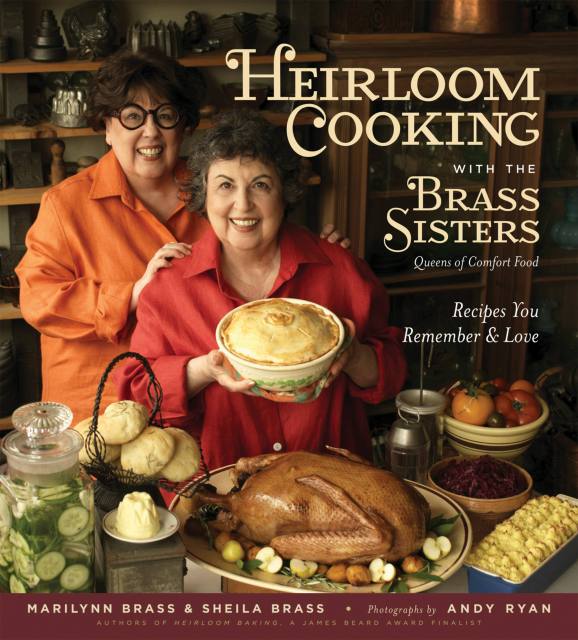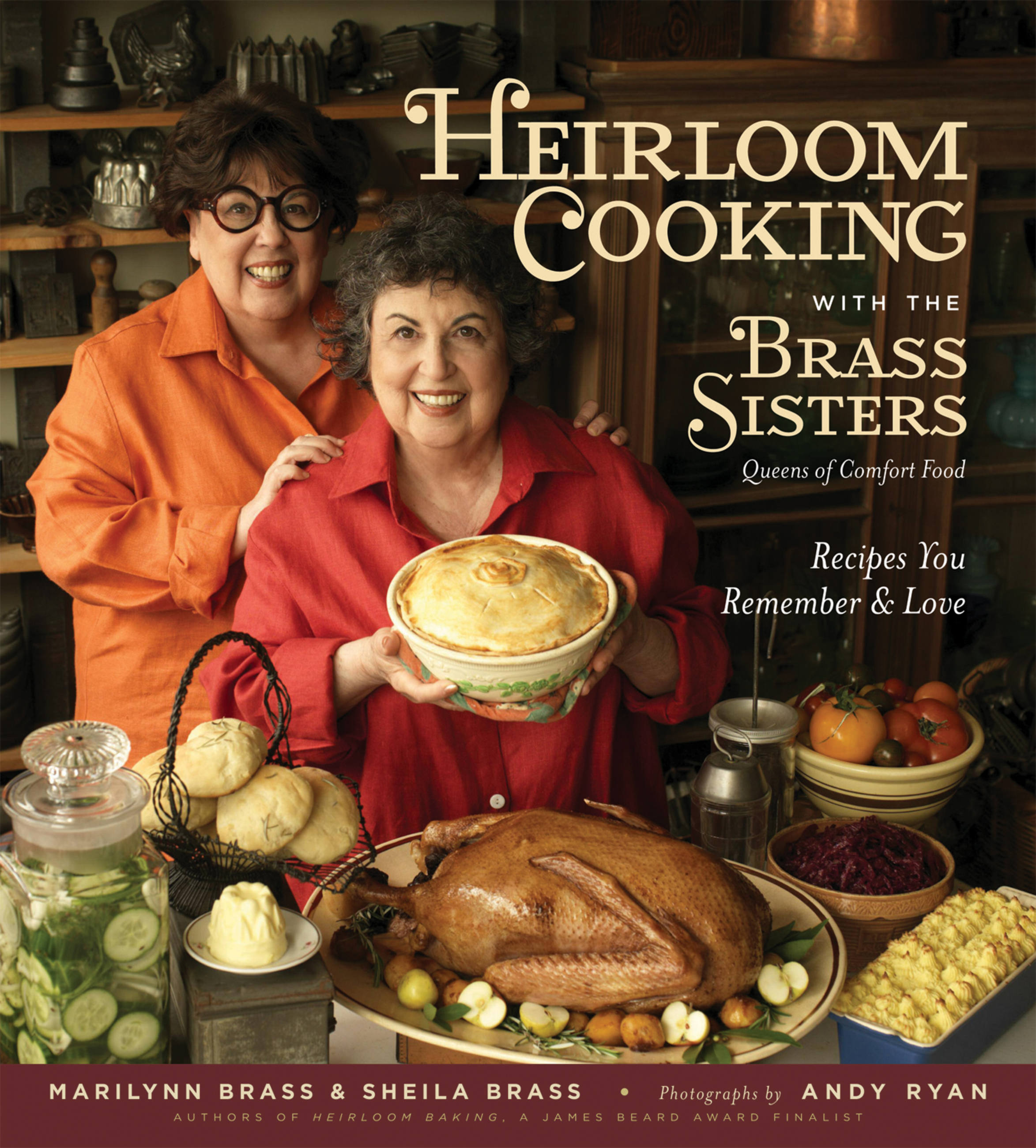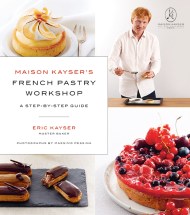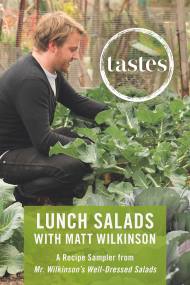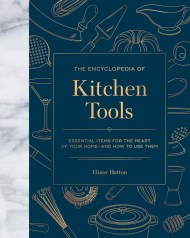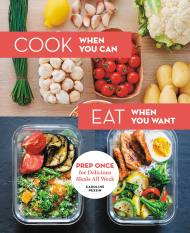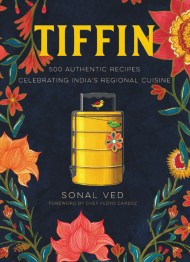Promotion
Use code MOM24 for 20% off site wide + free shipping over $45
Heirloom Cooking With the Brass Sisters
Recipes You Remember and Love
Contributors
By Sheila Brass
Photographs by Andy Ryan
Formats and Prices
Price
$15.99Price
$20.99 CADFormat
Format:
ebook $15.99 $20.99 CADThis item is a preorder. Your payment method will be charged immediately, and the product is expected to ship on or around January 6, 2014. This date is subject to change due to shipping delays beyond our control.
Also available from:
Marilynn and Sheila Brass have spent a lifetime collecting handwritten “manuscript cookbooks” and “living recipes.” Heirloom Cooking collects and skillfully updates 135 of the very best of these, which together represent nearly 100 years of the best-loved and most delicious dishes from all over North America. The oldest recipes date back to the late 1800s, and every decade and a wide variety of ethnicities are captured here.
The book is divided into sections including Starters; Salads; Vegetables; Breads; Main Dishes including Lamb, Beef, Veal, Pork, Fish, Chicken, and Turkey; Vegetarian; and — of course — Dessert. As they did in Heirloom Baking, the Brass sisters include the wonderful stories behind the recipes, and once again, lush photography is provided by Andy Ryan.
Genre:
-
"Sisters Marilynn and Sheila Brass have revived dozens of recipes that represent decades of home-cooked comfort food?presenting [an] edible history in this handsome volume."
-
"Their cooking expertise is difficult to dispute."
-
"We fell in love with the Brass Sisters at first sight?.[Heirloom Cooking] reads more like an exploration of a cookbook from your grandma?s attic, full of warm memories and cozy notations."
-
"If you have a hankering for cherished old-time recipes, you?ll appreciate the new "Heirloom Cooking with the Brass Sisters?a fun nostalgic read ? and doable recipes, too."
-
Selected "Best Outside the Box" cookbook! "One look at [The Brass Sisters?] book and them on the cover and we know we?d like to be cooking in the kitchen with them."
- On Sale
- Jan 6, 2014
- Page Count
- 285 pages
- Publisher
- Black Dog & Leventhal
- ISBN-13
- 9781603763646
Newsletter Signup
By clicking ‘Sign Up,’ I acknowledge that I have read and agree to Hachette Book Group’s Privacy Policy and Terms of Use
